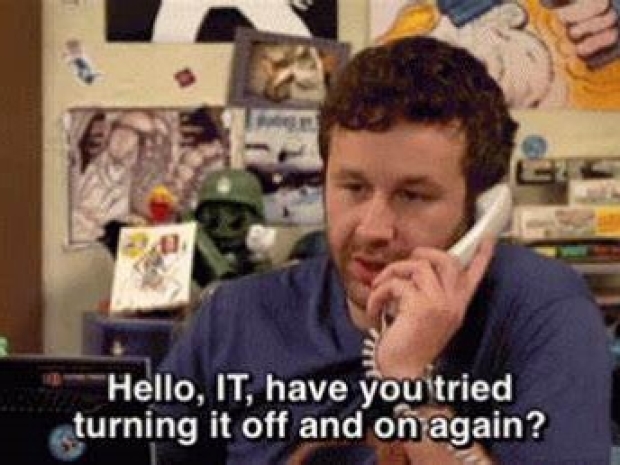For those who came in late, Voyager One started sending back garbage data, leading many conspiracy sites to claim aliens had taken it over—the usual cause of hardware errors.
Just over a fortnight ago, NASA identified the culprit behind the halt in useful data transmission from Voyager 1-a corrupted memory within its flight data system (FDS). Today, for the first time since November, Voyager 1 has resumed transmitting valuable information. This is a significant moment, as it provides crucial updates on the spacecraft's well-being and operational status.
According to NASA they concocted a strategy to partition the compromised code into segments and lodge those segments in disparate locations within the FDS.
After doing this, they modified these code segments to ensure they continued to operate collectively. Any references to the whereabouts of that code in other segments of the FDS memory required updating.
The team commenced by isolating the code responsible for packaging the spacecraft's engineering data. They dispatched it to its new home in the FDS memory on 18 April.
They did all this using a radio signal that takes roughly 22 and a half hours to reach Voyager 1, which is over 15 billion miles (24 billion kilometres) from Earth, and the same duration for a signal to return to Earth.
Upon receiving a response from the spacecraft on 20 April, the mission flight team observed that the alteration was successful: For the first time in five months, they could ascertain the spacecraft's health and status.
Over the forthcoming weeks, the team intends to transfer and recalibrate the remaining impacted sections of the FDS software. These include the sections that will recommence the transmission of scientific data.

